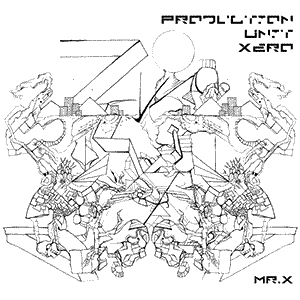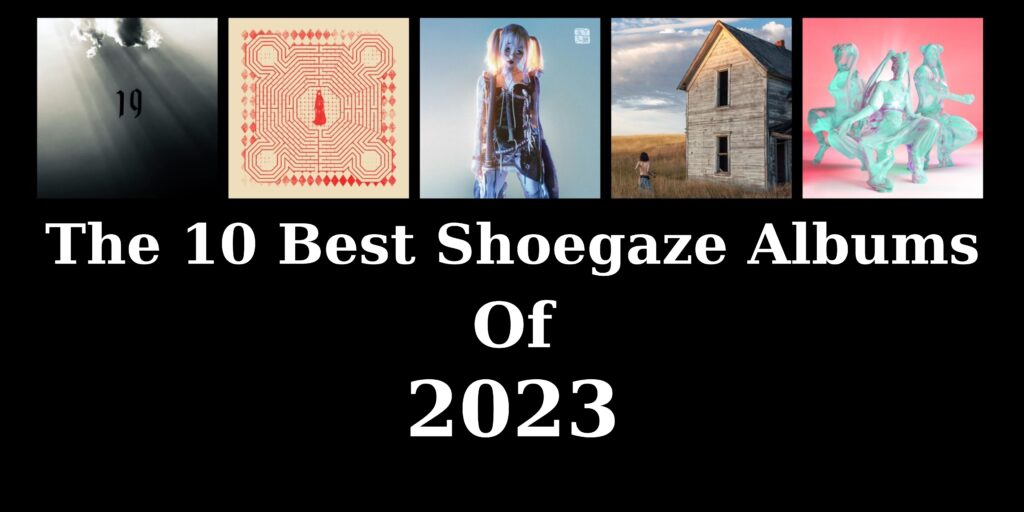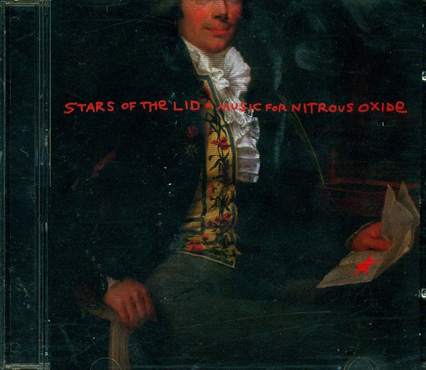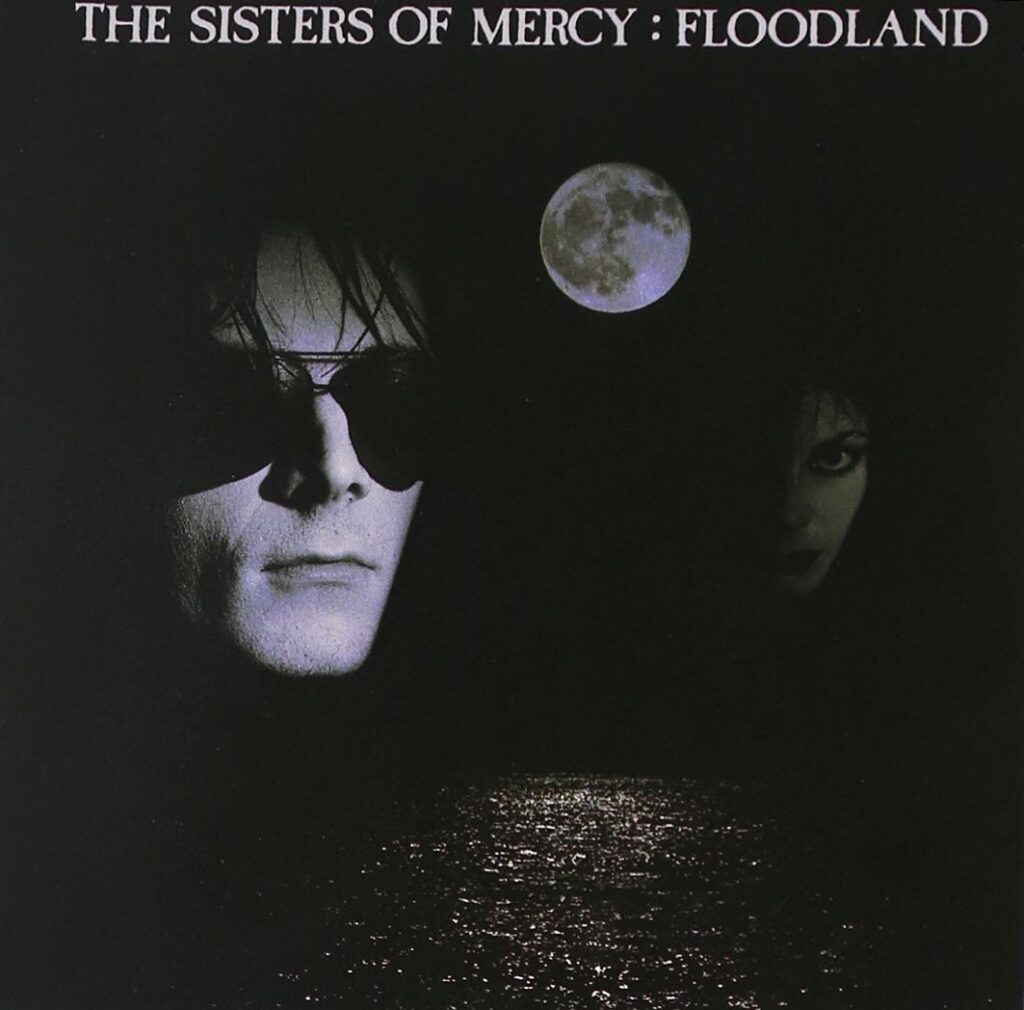What is Horror Synth?
A group of survivors huddle inside an abandoned movie theater, hearts thudding in their throats as the shambling corpses of their former friends shuffle and sniff. They make a break for it, crashing through the rolldown steel security doors to reach their gull-winged getaway car. Melting rubber and burning asphalt casts a low fog as the three holdovers race for the bridge out of town, watching the sunrise. The morning lightens, revealing an apocalypse of burning petrol trucks, of shop windows streaked with blood; of vehicles abandoned, with no drivers in sight. Will there be any world left to escape to?
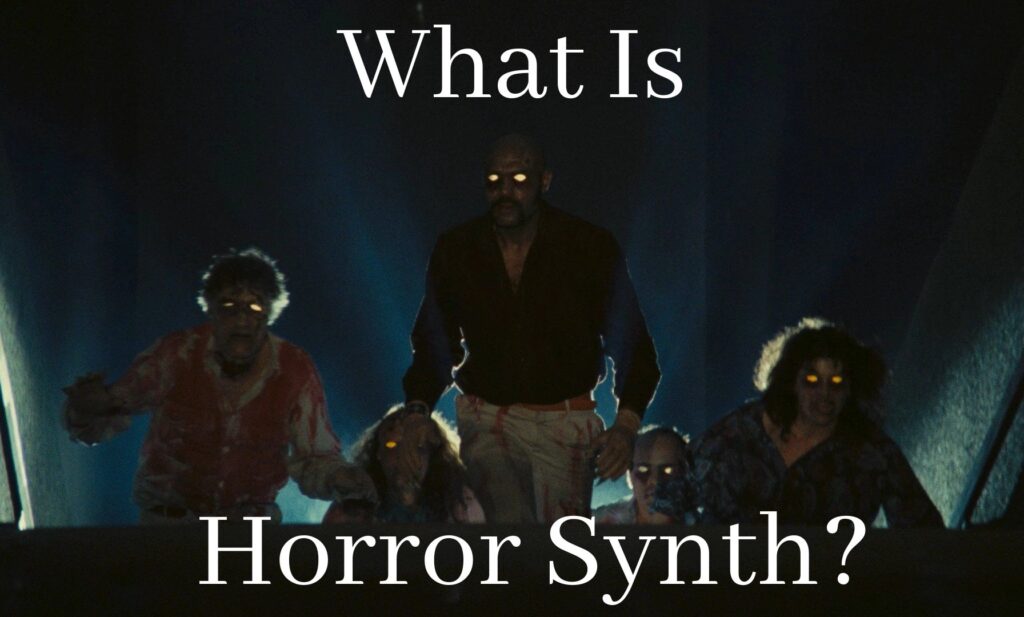
As the funky, sleazy, dayglo ’70s gave way to the sleek, polished 1980s, a new breed of horror movie soundtrack was emerging. The grand, orchestral soundtracks of the ’30s through the ’60s and the funky, freaky, tripped-out scores from the 1970s slowly succumbed to film music composed on primitive synthesizers and drum machines. Beginning with John Carpenter’s iconic soundtrack for Halloween as its Year Zero moment, although there are earlier examples that are just as noteworthy, the sound of chilly, futuristic coldwave synths and atonal electronic dread would gradually swallow the genre nearly whole.
Horror synth is, at face value, just horror movie soundtracks composed using electronic instruments. As time wore on horror synth would become a genre in its own right, however, with new generations of both film composers and horror movie junkies looking for a shorthand to signify their bloodlust started to either reference these electronic horror soundtracks or to create their own synthetic soundtracks, either real or imaginary.
Electronic music lends itself particularly well to evoking dread. As Dustin J. Green notes in “The Synthesizer: Modernist and Technological Transformations in Film Sound and Contemporary Music,” “In addition to science-fiction cinema being an appropriate medium for musicians to explore with the new sounds of the synthesizer, the instrument also found a place for itself in horror films of the same era. Because of the synth’s versatility and ability to produce any sound, including those sounds that are not necessarily pleasant on the ears, it was the ideal instrument for simply employing disturbing noises to accompany the horror film. Low frequency vibrations could be used to build tension or piercing high pitched shrieking sounds could unnerve the audience during a particularly horrific scene. Or perhaps a variety of dissonant colors could be combined to create an ultimately disturbing clatter of noise.” Electronic music in horror movies call back to its early associations with science-fiction, as noted by Green, creating subconscious associations between the unknown and otherworldly and the sound of oscillators and filters. The music produced by synthesizers was in no way tethered to any music that had come before, either, making it ideal to score alien races and ancient civilizations.
The first horror synth soundtracks were more of a hybrid than the strictly synthetic scores of the ’80s. The earliest noted horror synth, Fabio Frizzi’s Zombie and Goblin’s Patrick, according to RYM (although there are earlier examples that could count, like the analog freakout of 1972’s Children Shouldn’t Play With Dead Things) still leaned heavily towards the heavy psych of Goblin and the films of Dario Argento. Others, like Fabio Frizzi’s The Beyond paired a classic orchestral soundtrack with some slight synthetic flourishes. Even iconic early electronic horror soundtracks were a chimera of modern classical dissonance and primitive synthesizers, sometimes paired with some musique concrete post-production, like the eerie choral soundscapes of Jay Chattaway’s Maniac soundtrack. The electronic elements add an element of uncanny unease in the hybridizations, often to fantastic result.
The leap to becoming the unofficial soundtrack for the giallo-esque slashers and video nasties of the late ’70s and early ’80s likely has more to do with logistics than a conscious stylistic choice. Still, economic hardship works in our favor here, as the genuinely cheap, claustrophobic uneasiness of ’80s horror synth gives an eerie, unearthly aura to what otherwise could be fairly shitty movies.
Despite its origins, many will think of the retro worship of synthwave when they hear the term horror synth. Yes, John Carpenter partially created the genre, and still remains its crowned king, but artists like Makeup and Vanity Set, GosT, Pertubator, Nightsatan, Unit Black Flight or Umberto remain some of the most popular and listened-to horror synth artists as we continue to crawl our way through the 2020s. The immediate identifiability of the sonic signifiers means horror synth has cross-pollinated with a wide range of underground genres, also, creating horrifying new hybrids with death metal, harsh noise, dungeon synth – even getting its own special sub-genre, pumpkin synth – post-rock, even prog rock. To its credit, it often improves everything it touches with its bloody, skeletal fingers.
The retro recreationists of modern horror synth have many strong selling points, with increased focus on songwriting and 100x cleaner production, making it just as fitting for fog-shrouded dancefloors as for killer-cam body dumps. The sanitization sometimes works to its detriment, though, sounding too clean, formulaic, and predictable to ever truly frighten or disturb. It’s a good time to be a horror synth producer, as there are loads of powerful, inexpensive synths on the market, coffinloads of sample packs and preset kits, and a healthy, enthusiastic audience. Modern horror synth musicians would do well to listen to early electronic horror synth soundtracks during their r&d phase, though, to truly conjure the anarchic spirit of the ’70s and ’80s in their work.

Here’s a primer of classic horror synth albums, as well. This will be updated on an ongoing basis, so make sure to like and follow for more classic horror synth!


